|
Netflix included real news footage of a terrible train accident in its film Bird Box. The footage was acquired from a stock video provider, who licenses this footage so that it can be used, most likely, in films, television, and other media when that train accident is contextually relevant. In Bird Box, it was used in a fictional portrayal of the aftermath of some sort of alien/bio-terror something or other. The producers may have thought it was fair use and maybe did not even think about how others might feel about it. The stock film provider may not have ever considered someone using the footage out of context.
Regardless, the actual distribution system of this video gives Netflix a choice that most other media forms would not. That is, since this film is primarily streamed through their service (or if downloaded, with an expiration), they could go back and in post-production, fairly seamlessly replace that footage. It is not material to the overall plot. I am sure it bears a cost, but by doing this they could actually update all future viewings of this film for all future consumers. This would never be the case with traditional media, where once replicated it is out there (and there could be two versions). It's a choice that did not exist before and it is interesting to see how Netflix is approaching it (their current position as of this posting is to not make any change).
0 Comments
I started doing some analysis on multiple years of personal technical support requests I have made to the various providers that Explain Everything uses over the past year. That data and analysis will be shared soon. In particular, I was looking to see if there were any patterns across the types of requests and type of responses provided. Variables that influence the patterns include: incident type, date request made, date request closed, addressable by user, addressable only by provider, message included image, message included GIF/Video, message included link to article, message included attached document, and so on.
As I was doing this, I stumbled across one frustrating example which also served as a reminder that there is still an open loop that hasn’t been closed by the provider. Provider 1: An Email was sent to the billing email to mention that we were still getting charged (to the credit card on file) for a service that was supposed to have been canceled 3 months prior. There are days between responses and often a response only after I send a follow up. I ended up Cc-ing their support team so that it could also be logged as a ticket. Almost a month later still no resolution despite my providing a paper trail on the dialogue that confirms that this was meant to be canceled. The other part is as a user of this service, we have no means to turn off the service ourselves. Provider 2: A similar thing - a reduced rate for a service had been negotiated, which was mediated by waiving the second of two milestone-related payments. When the second milestone hit, we were issued an invoice and an automatic charge to the card on file. I sent a request to the contact and the support team, along with the paper trail, and within 24 hours the issue was investigated by the support team and accompanied by an acknowledgement of the error and an apology (albeit a few days later) from our account rep. In both cases, there are system-side automated elements that end up preventing a human being from always being able to ensure that what they intended is actually executed. The human part comes in when the issue is noticed and immediately - and authentically - addressed. I'm co-teaching a week-long course and wanted to have a quick, custom template that can be used each day and in the moment. I also used the 16:9 aspect ration since this will be shared on a large display in the classroom at time. I am not the only person who wonders about the unwritten rules and manners around airline travel and window shades.
On my most recent flight, I had my usual window seat. It was an 11AM flight (my local time), landing at 2:30PM local time in a different time zone. So 100% of the flight was during daylight. I kept my shade open the whole time, and rather enjoyed having the natural light and occasionally peeking out. If anything, I wonder if it was less disruptive than opening and closing it. I like that the article suggests that people can pack their own eye masks. And if any of my neighbors had asked about closing the shade, I would have happily complied. Oh yeah - the person in the middle seat took plenty of liberty when expanding into my personal space. I think other people noticed that too so that might be why my neighbors also didn't say anything. Part 1 of Scott Allen and Mitchell Kusy's The Little Book of Leadership Development: 50 Ways to Bring Out the Leader in Every Employee is about "Development by Modeling Effective Leadership."
One of the suggested practices in that section is about checking in with a "Thought of the Day" and doing so in a way that both onsite (face-to-face) and remote colleagues can easily engage with it. This suggestion ends with this line "Make this the first task you complete each morning." What can be automated is a reminder system (e.g., a recurring calendar event) that is placed at the start of the day. What should not be automated is the thought that goes into and composition of the message that goes out. I recently met author and podcaster Greg Voisen who spends a lot of time thinking and leading around creative and visual consulting. It was suggested to me to check out his podcast episode 407 where he speaks with author and visual consultant David Sibbet.
What I really appreciated from this conversation was the reminder of the importance of mental models. As a teacher (or seller or leader or service person), when you help your audience construct mental models - with literal or associative elements. If you listen - David suggests what a "spark" can mean to people based on their past experiences and interests. When visualizing an experience - a talk, a meeting, a sales call, etc. - there is tremendous opportunity to reinforce those mental models. There are rabbit holes of ideas and information on both Greg and David's websites. There have been a few times when we have called a 'family meeting' with our three young kids (ages 3, 5, and 7) to get on the same page about behavior and expectations (it's more me than my wife). Everybody makes mistakes, especially young people, and need to be able to learn from those mistakes in order to be successful when living with and existing around other people. Using Explain Everything to visualize and document this kind of meeting, even with young people, has been quite helpful. Last month, we had a meeting to remind our kids and ourselves of what was important to our family heading into the holiday season. We have an AppleTV connected to a television which makes it super easy to wirelessly project the whiteboard content from my iPad using AirPlay without needing to do anything else special. We started with a blank canvas and asked the kids to give us ideas of what they felt was important and organized it from there.
For every graduate school course I teach, I look forward to revisiting the assigned texts while having added another year of professional experience to shape how I engage with the ideas in them. I also like when new texts are suggested or introduced by my co-faculty and instructional design colleagues. Here are the four books that I (re)read last week:
|
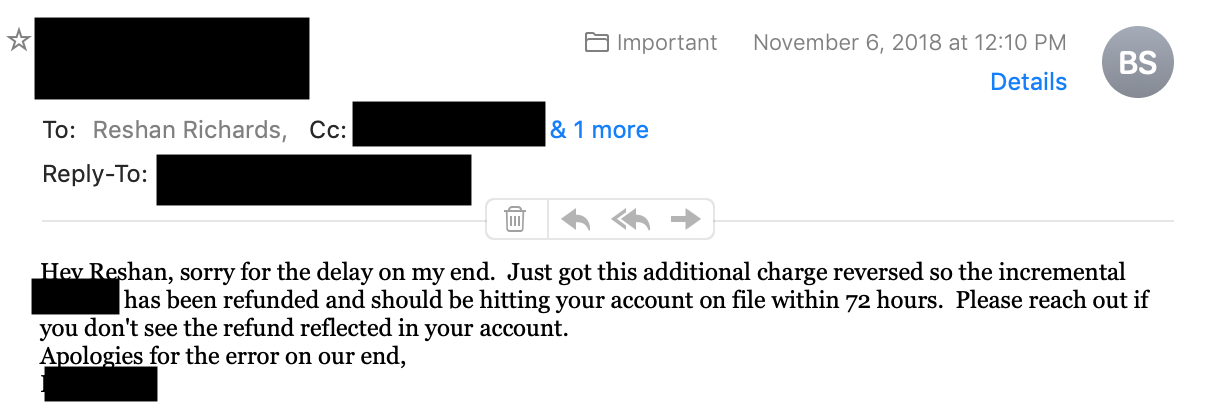
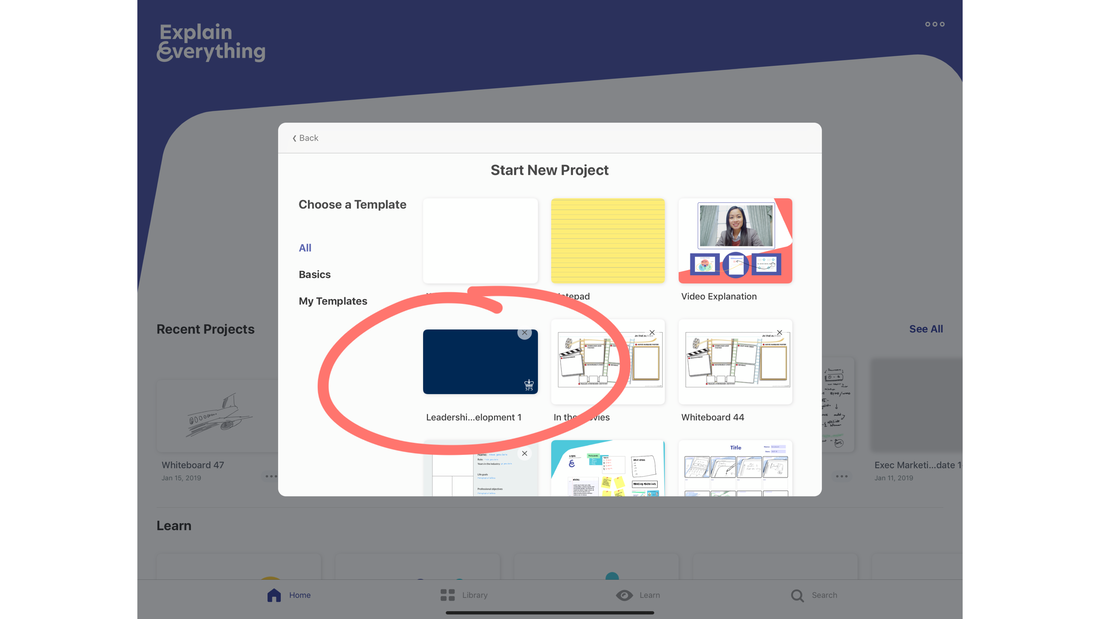
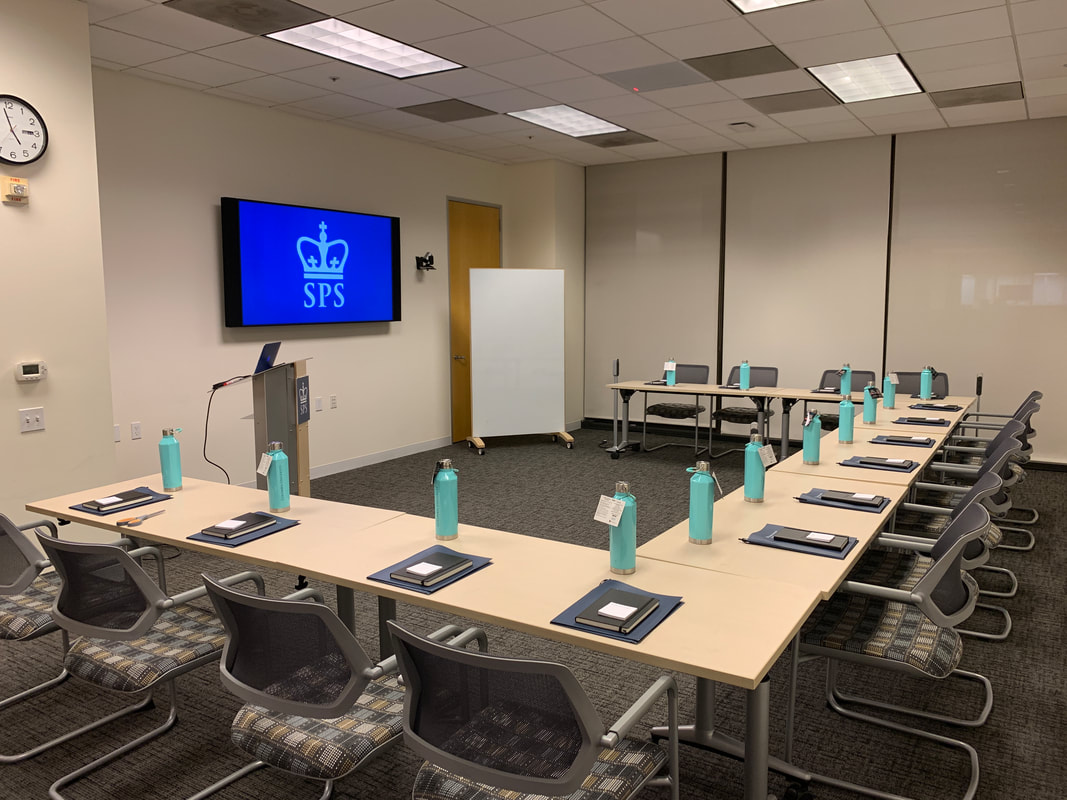

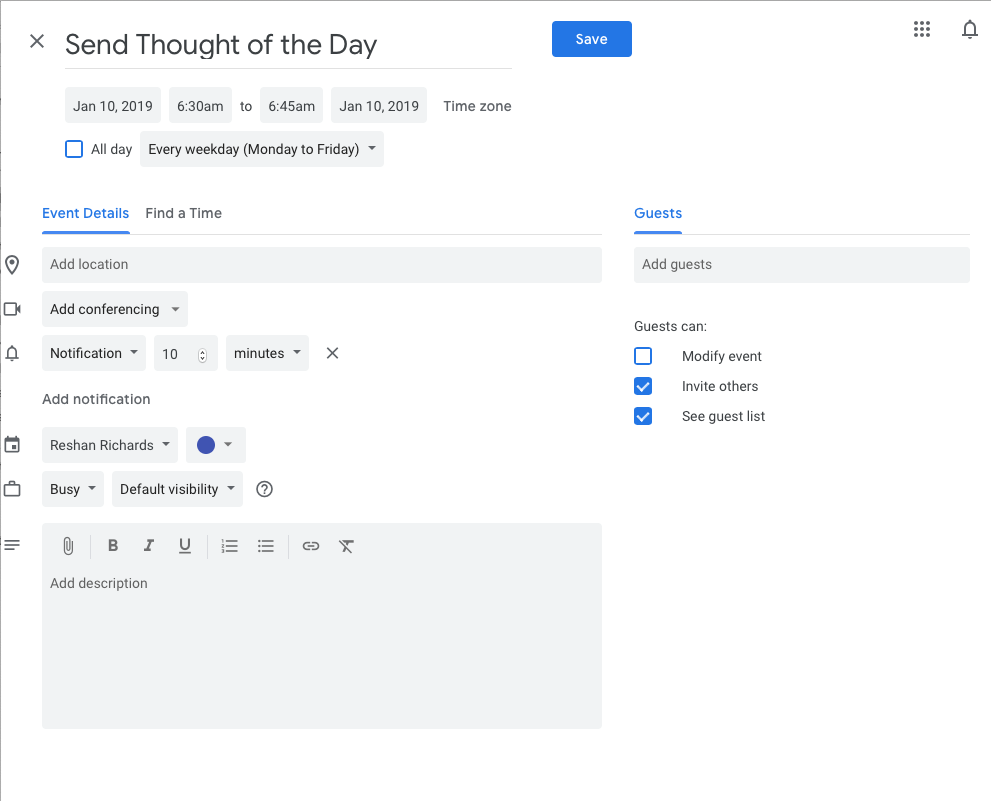

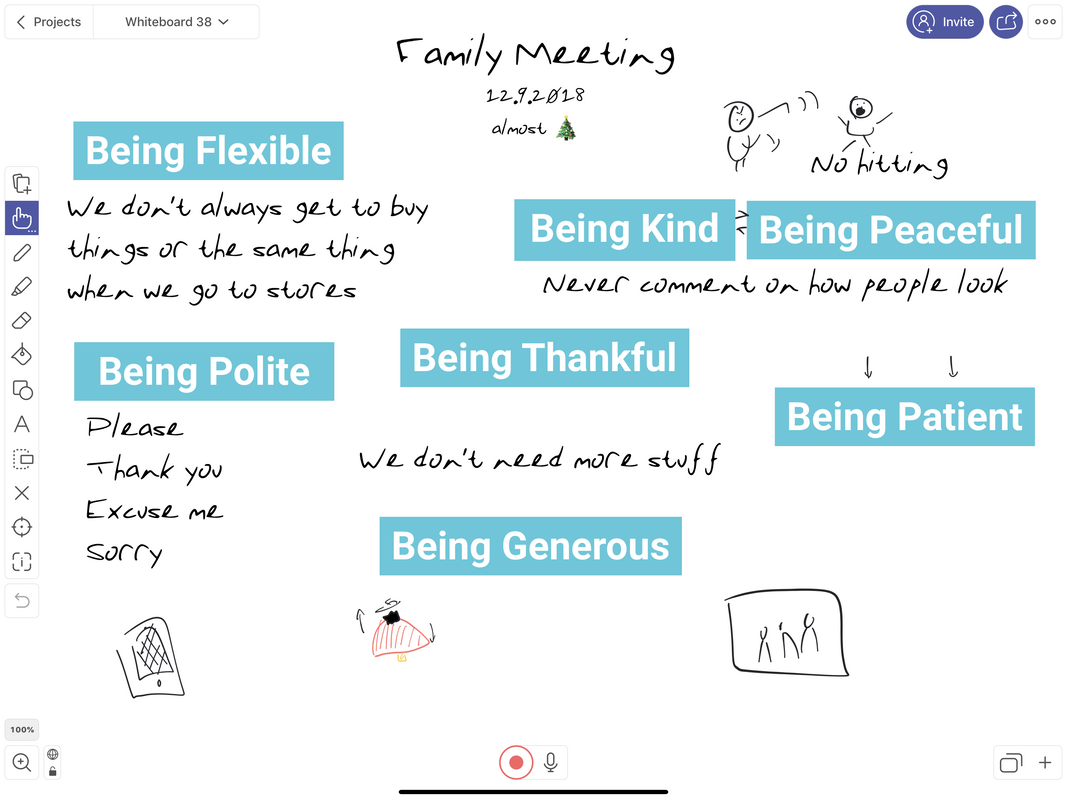
 RSS Feed
RSS Feed
